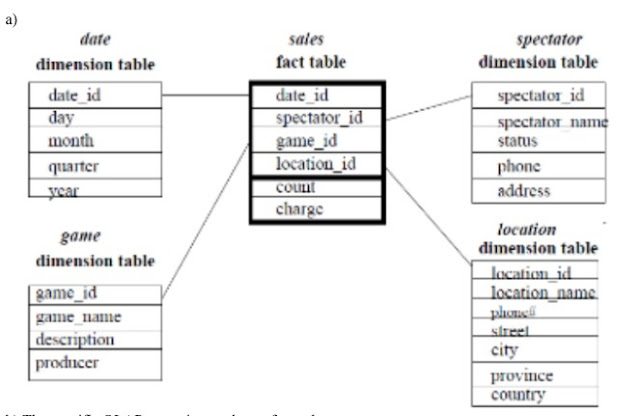Describe some examples of CRM and ERP implementations based on cloud computing technologies.
CRM and ERP
CRM (customer relationship management) and ERP (enterprise resource planning) systems are two industry categories that are thriving in the cloud, with CRM being the more mature of the two. Cloud CRM programs provide small businesses and start-ups with a terrific way to get fully working CRM software without big upfront expenditures and by paying monthly fees. Furthermore, CRM is not a task that needs a certain set of requirements, and it can be readily migrated to the cloud. Cloud CRM software has grown in popularity as a result of this feature, as well as the ability to view your business and customer data from anywhere and on any device. Cloud-based ERP systems are less mature, and they must compete with well-established in-house solutions. Finance and accounting, human resources, manufacturing, supply chain management, project management, and CRM are all integrated into ERP systems. Their purpose is to give a unified perspective and access to all activities required to keep a complicated company running. The move to cloud-based models is more challenging because of the enterprises they target: the long-term cost advantage may not be evident, and the conversion to the cloud may be challenging if firms already have significant ERP installations.
Examples
Salesforce.com, Microsoft Dynamics CRM, NetSuite
.png)



Comments
Post a Comment